The content of the article
Yucca is a widely used false palm tree, which is suitable for decorating rooms of any area - it looks original in home conditions and in large halls of public premises. In stores, yucca is sold in special shipping pots, so the first thing the owner who bought it must be sold is to transplant to a new, permanent place. How to transplant yucca by yourself? Let's try to figure it out on our own.
Yucca - False Palm
In modern times, it is rare to surprise anyone with exotic plants: they decorate offices, cafes and restaurants, many species can be found in apartments and private houses. Among the plants that are buried in flowers, many people prefer unusual green beauties, for example, “false palm trees”.
Yucca is a plant that came to us from hot Central America, which got its name due to the fact that at first glance it really looks like a tall tree from a subtropical region. Yucca is not demanding to care, loves moderate watering, and also perfectly disinfects the room from numerous pollutants, making the air cleaner. Yucca also has other names - the needle of Adam, the Spanish dagger. In ancient times, in the territories of Mexico and Central America, indigenous people made clothes, made soap and other products of daily use from yucca.
What prefers yucca
As already known, yucca is a light-loving and heat-loving plant. If you cannot yet decide on the installation site of a new plant, we advise you to define a southern window for it. False palm positively refers to a dry climate, it does not tolerate constant humidity. It is possible to spray no more than 2 times a week, to water as it dries. The main condition for the successful development of yucca - the right dishes and the composition of the earth. Therefore, before you transplant the plant, carefully read this information.
Repot the yucca in a new pot by yourself
- In order to release the plant from the store pot, it is necessary to place it for one hour in a deep basin of water. Water must cover the entire surface of the earth - this is necessary in order to remove all the soil from the roots of the plant without damaging the root system.
- Next, you need to cut a few leaves from the bottom. Some believe that it is not necessary to remove the lower leaves, but this is necessary in order to reduce the consumption of vitamins, and accordingly provide good nutrition to the top.
- After the earth in the store pot is soaked, it must be carefully removed - to do this, rub the root system a little, dip it in clean water again. Do not damage the root system! From this, the plant can go through a period of adaptation for a long time or not at all get used to a new place.
- Prepare a suitable dish: the flower pot should be high and about three centimeters larger than the store.
- As a substrate, you can use the store soil for dratzen or palm trees.It is also easy to prepare the land of the desired composition of their own. It is worth noting that the yucca prefers neutral soils, so when choosing types of filling, it is necessary to strictly remember this desire of the “tropical beauty”. The ideal land for yucca is one part of humus, two parts of sand, two parts of leaf substrate, two parts of black soil. Mix everything in a separate bowl.
- Before filling the pot with cooked soil, be sure to create a drainage layer. For this you can use broken bricks, foam, pebbles or special store drainage. For good growth, this layer must be at least 3 cm.
- Another condition that should never be neglected: you can bury a stalk of a yucca by no more than 2 cm. This affects the growth of a yucca and its stability. If you plant the plant too deeply, you may be saddened by rotten roots, if you place it too high above the ground, the yucca will not hold tight in the pot.
All these recommendations are relevant in the event that you are going to transplant a palm tree from the purchased substrate on a permanent soil. However, the technique of annual replanting is different from this.If you are transferring a yucca from a small pot to a bowl with a larger diameter, you need to use the usual transshipment. To do this, soften the earth, use a sharp knife to free the edges and transfer the lump of earth to a new pot. Do not forget about the drainage, add the required amount of fertile soil in order for the composition of the earth to be gradually updated.
Transplant yucca stalk
If you are going to propagate yucca vegetatively, that is, using a cutting, you need to know the basic rules for planting the prepared trunk.
- After you cut a small stalk from the main plant, be sure to treat the cut with activated charcoal and a special antibacterial solution.
- Ideally, a cut stalk should be no more than 15 cm. The best option is 12 cm. The upper part also needs to be processed so that the process of decay does not begin.
- Properly processed petiole to remove in a prepared high vessel with water. As the water evaporates, it is possible to add water, but it is not advisable to pour out the water completely, as with this method the created flora is completely disturbed.
- After some time, the roots will begin to appear on the handle.Only after their size exceeds 1 cm, the young yucca can be transplanted into a pot with soil.
- The composition of the land is exactly the same as for the transplant of an adult plant. Do not forget about the drainage, keep the cutting and cautious movements covered with earth. Do not tamp, but gently patting with your fingers so as not to damage the roots that have appeared.
- After transplantation, be sure to water the plant well.
You can transplant yucca yourself. It does not require scientific knowledge and special skills. All you need is your diligence and love for indoor plants.
Video: yucca - care, breeding, transplanting

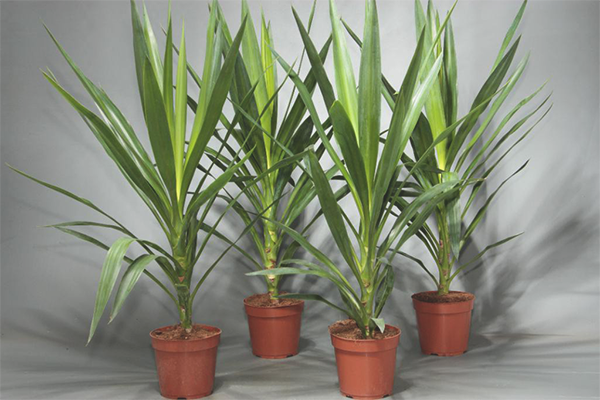
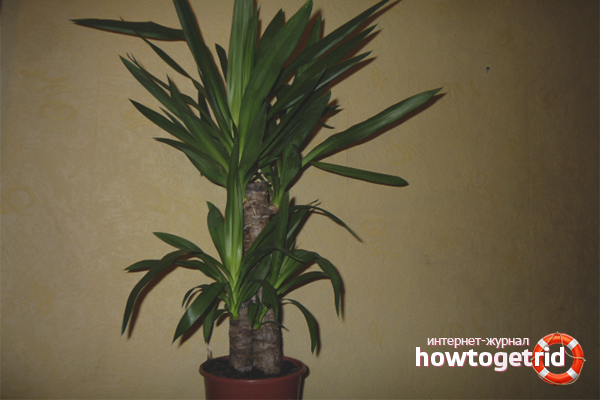
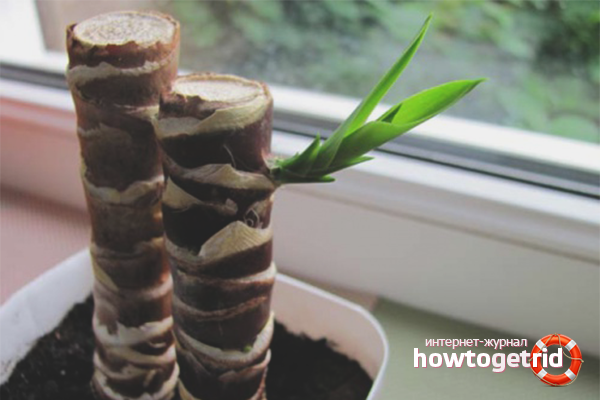





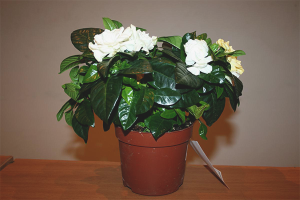
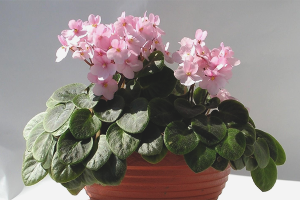



To send